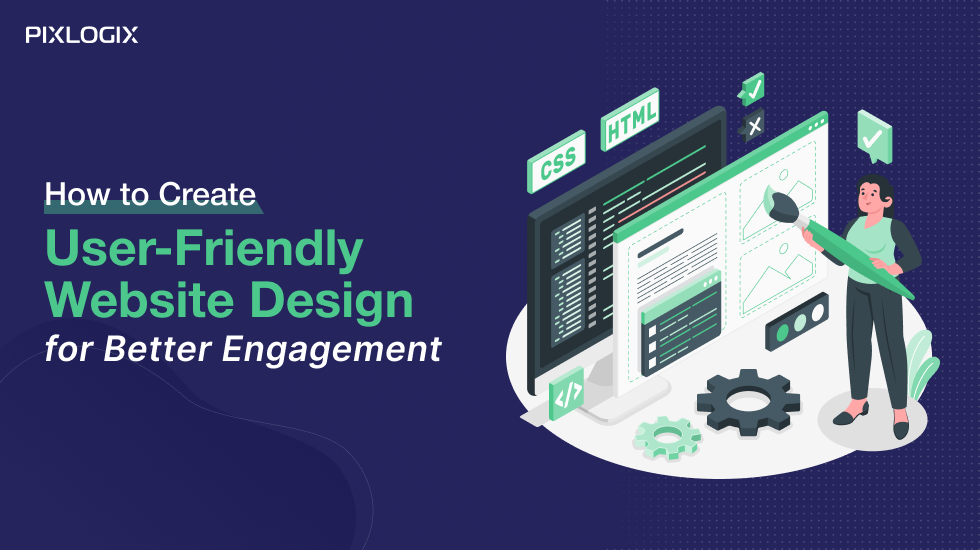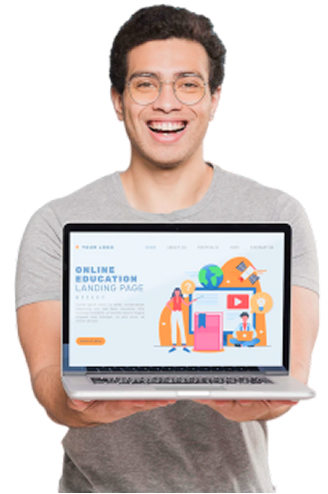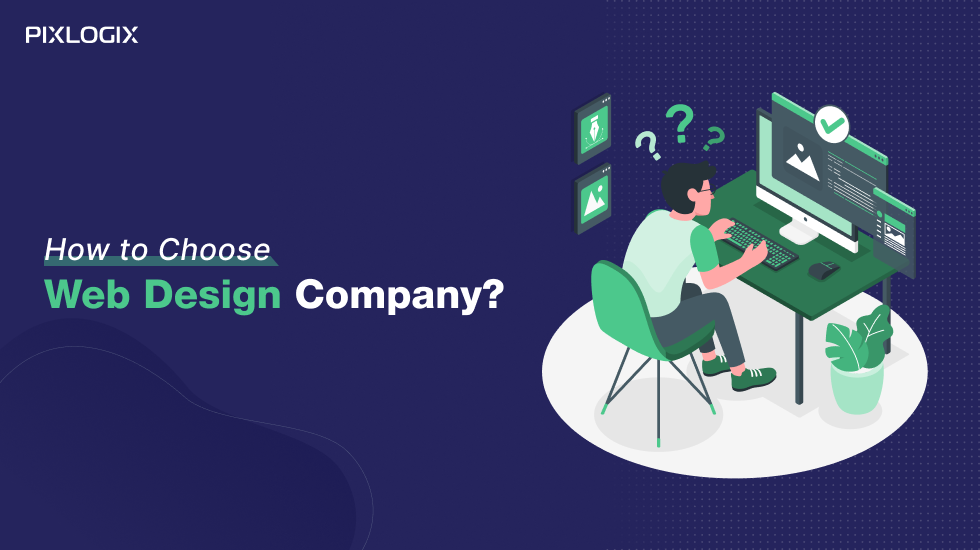
Are visitors bouncing off your site without interacting? If so, your website design might be lacking. You need to focus on redefining your site with a user-friendly website design. Whether you need to boost conversions, increase trust, or strengthen brand value, choose a responsive website design. Custom website development has become the cornerstone that maximizes user engagement by using the latest UI/UX design services. It plays a key role in boosting usability and on-site interactions while reducing bounce rates.
But how to create a user-friendly website design for engagement? This blog deeply discusses the strategic steps for building a responsive web design that delivers measurable results.
A Step-by-Step Design Guide for Building a User-Friendly Website
Users highly prefer to visit sites that are easy to interact with and simple to navigate. Therefore, it’s essential to pick a unique, user-friendly website design that engages the audience in a better way. Check out these steps:
1. Know Your Target Audience
Knowing your audience and sketching it out are key steps for creating a responsive website. Discover who your users are, what they use, and what they require. Rather than assuming, find out directly with questions like:
- Who are your users?
- What do they expect from your website?
- How can your website solve their pain points?
This approach is a key to enhancing both usability and engagement from scratch.
2. Make Navigation and Site Structure Simple
You might be confused about how to make a website easy to navigate. Here are a few tips:
- Choose a simple top-level menu that holds only 5-7 items.
- If your site has similar pages, then group them accordingly.
- To grab the user’s attention, add a visual search bar.
- Use sticky headers to improve mobile usability.
Recent reports revealed that 94% of users are choosing the website that’s simple to access.
3. Mobile Friendly and Responsive
But how to create a mobile-friendly website design? Follow these tips:
- CSS Flexbox or Bootstrap–make use of these kinds of responsive grid systems.
- BrowserStack–align your site’s screen size to make it mobile-ready.
- Use touch-friendly buttons that support both mobile and PC users.
Mobile users now make up over 58% of global online activity. This approach enhances dwell time and interaction rates.
4. Fast Loading Speed
According to Google reports, mobile users prefer a site that loads within 3-5 seconds. These results show the real need to speed up your site’s loading time. Let’s see how.
- Compress high-end images using tools like TinyPNG.
- CSS, JavaScript, and HTML–add a limited count of these files.
- Switch on cache and Content Delivery Networks.
Choose a reliable website design company in India if you want to improve your site’s speed.
5. Use Readable and Consistent Typography
Typography is the backbone of readability, which fuels retention. Using mismatched fonts can damage your reputation.
- Stick to only 2-3 font families. (Use only primary, secondary, and heading.)
- Roboto and Open Sans–use these kinds of readable fonts.
- Your line height should be 1.5x font size.
All these tactics are extremely useful for web design services while creating content-oriented or service-oriented pages.
6. Take advantage of Visual Hierarchy
Use attention-grabbing design elements. Have a look at these strategies.
- If you’re writing about key messages, then highlight them and increase the heading size.
- Highlight CTAs using color contrast tools that quickly attract users.
- Use card-based design layouts to break up sections effectively.
- Trello uses a dynamic card-based interface that organizes content. It invites users to interact and explore more.
7. Provide a Clear CTA
Design every page with a purpose. Always use clear CTAs that showcase your strength. Follow these best practices:
- Action-oriented text–use text like “Get Your Free Quote” instead of simple inactive words like “Submit”.
- Don’t keep the whitespace unused. Use color contrast buttons to stand out.
Overall, a tricky CTA is an effective strategy for SEO website design. It increases click-through and conversion rates.
8. Include Interactive and Engaging Elements
In today’s hyper-technological world, static websites are outdated. So, instead of using them, include interactive features that allow users to explore the site.
Elements to consider:
- FAQ accordions.
- Chatbots like Tidio or LiveChat.
- Interactive pricing calculators.
- Hover effects for images and links.
Overall, it reduces bounce rate while increasing session durations. Plus, prepare your website design for engagement without compromising speed or structure.
9. Ensure Accessibility for All Users
If you want an SEO website design, then it’s essential to follow WCAG 2.1 guidelines. Ensure to include all these must-have features in your web design services:
- Alt text for all images.
- Keyboard navigation support.
- Sufficient contrast ratios.
- ARIA labels for dynamic content.
Accessible design is not just a best practice; it also expands your audience reach.
10. Optimize for SEO
If you want to build a user-friendly website design, then your site must follow specific SEO strategies. Check out these SEO-friendly website design strategies:
- Restructure your content with semantic tags.
- Incorporate target keywords naturally.
- Add professional SEO elements like an XML sitemap.
Partner with a reputable website design company in India to achieve long-term success. They assist you in developing an SEO-friendly website design.
11. Analytics & Tracking
It’s impossible to identify the core issue impacting user engagement if you’re not sure about the areas for improvement. So, use the following analytical tools to track how users interact with your website.
- Google Analytics 4 tracks bounce rates, and user journeys.
- Google Search Console monitors performance in search results.
- Hotjar Records heatmaps and click patterns.
Conclusion
Your website often defines your brand, so make it count. A user-friendly website design increases your web presence, which reduces bounce rates. It can turn occasional visitors into regular customers. But how does responsive web design engage users in a better way? They follow universal strategies such as interactive design, easy navigation, and fast loading speed. Overall, create a site that focuses more on results.
Do you want to redesign your website for engagement? Partner with a reliable website design company in India, such as Pixlogix. Our top-notch UI/UX design services help you build a high-performing digital asset. Contact us today to explore our tailored website design services.
Samir Bhimbha is the Founder & CEO of Pixlogix Infotech Pvt. Ltd. which offers web and app solutions to fulfill business's online needs and help to improve their online presence with many clients in the USA, Europe, Australia, and more. He is a skilled entrepreneur, web designer, developer, and team leader who can handle every situation. With 15+ years of experience in UX/UI design and web development, he is leading a team of IT professional talents.
Related Post

Get in Touch Now!
Have a word with our expert consultants about your next project to get suggestive guidance & proposal.
Sales Inquiry
HR Inquiry
India’s First SOTD Winner on Awwwards.com – 2010






